While the web is an open platform where you could easily search or browse through anything you wish, mobile is fragmented in terms of how you search for anything. That’s because, the information could be in the apps that you’ve already downloaded, or in some cases, apps that you need to download. That was the challenge that Mada Seghete and her co-founders faced while scaling their photobook-printing company Kindred. And they got so frustrated that they set out to build a solution themselves. Dubbed Branch, the company was started in 2014 and allows developers the deep linking functionality so that users can land on exactly what they were looking for. Today Branch is among the leading companies in this space having raised over $330million from the likes of Playground Ventures, Founders Fund, New Enterprise Associates, Samsung Ventures, and more. To understand how the company became a force to reckon with and where does it go from here, we managed to catch up Ms Seghete at the sidelines of Collision from Home event.
PS: the interview has been edited for the sake of brevity
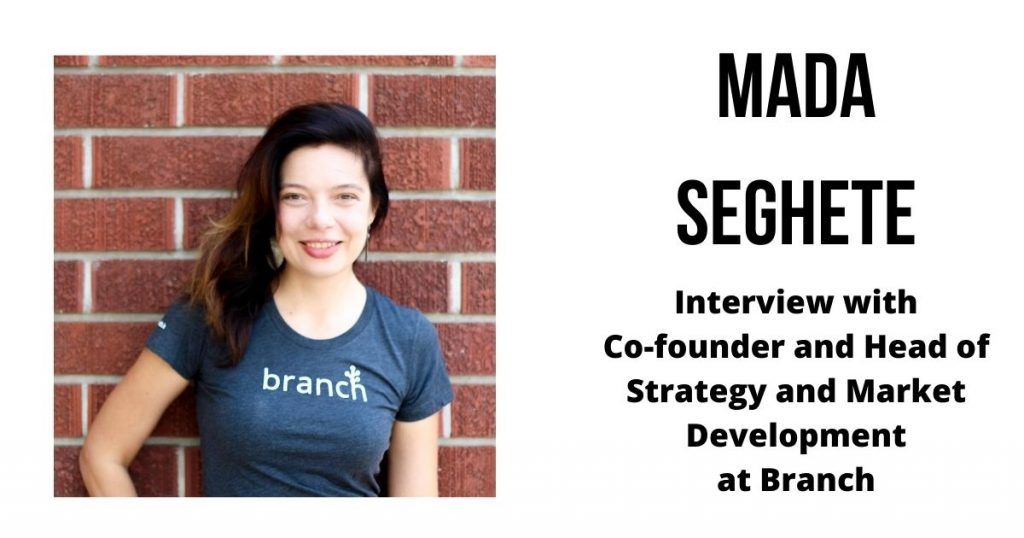
Table of Contents
1) Before we begin talking about Branch, can you tell us about your journey into the world of SaaS?
She mentioned that “by mistake, I guess. My co-founders and I built a consumer app that was for photo book printing, and we ran into all sorts of issues around link building, building experiences and more. We really had a very hard time promoting our app as we realized that mobile is not the same as the web. While the web is a democratic system, mobile is like the age of empires, i.e. the age of platforms, where everything is owned by a platform.“
“Moreover, it’s so much harder to get discovered unless you have a lot of money. And we set off to solve the problem that we had for ourselves. We started with deep linking by allowing customers to show the content in their apps and promote their apps through the content. We also started solving the issue of user experience around discovery and analytics,” she added further.
2) Can you walk us through Branch’s evolution since its launch in 2014?
Ms Seghete replied “we started with just links, basically links that worked through the install. So, linking is so hard on mobile because there are so many different platforms. And when someone installs an app, how do you link them to the right content? How do you know where they came from? There’s nothing that makes it easier to find out. The magic is someone clicking a link and an app getting opened. So we were kind of set to solve that. And we realized that, and we started with organic and we said it was user to user sharing. Whereas the first use case for Branch and we built referral programs sharing.”
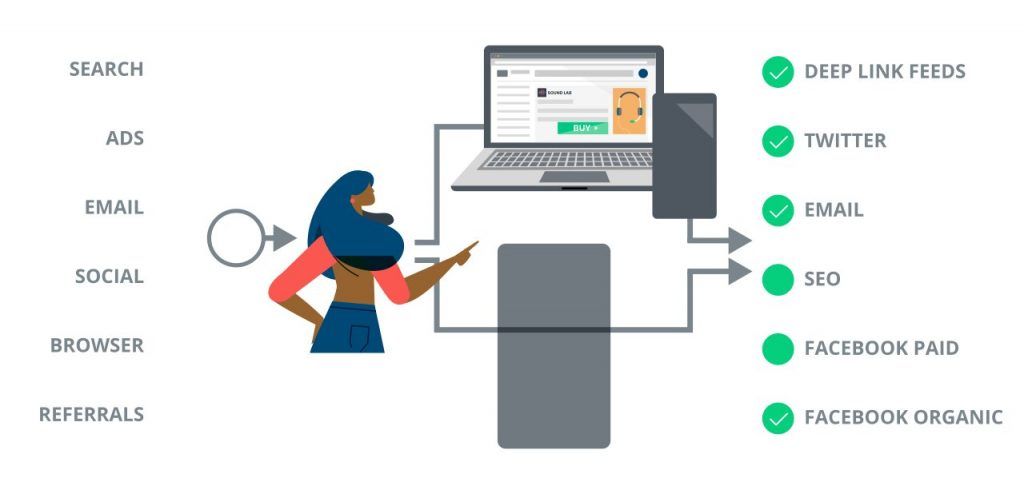
Adding to that, she said “then we realized that like all the other channels, we need to make linking more robust. For example, when you click on a link in an email, you should be able to open the app, or when you click on a link from an ad, it should open the right app. Simply put, when you click on the link from pretty much everything, the apt app should open. We also realized that in addition to linking and building the user experience, we also needed measurement around it. App owners, mobile marketers needed a way to also understand how someone was getting to their app. So, we started building an attribution tool around linking as well. So if you think about Branch, we help people get to the right place into the app, and we also have the app owners who try to understand how people get to their apps, engage with them and more.“
3) How has the mobile marketing space changed over the years?
She told us that “the interesting thing is I think in the early days, mobile marketing was just about the app and nothing else. People used to work in silos and used to say, I have this tool that measures all my web and desktop traffic, and I have this other tool for my app. Over time, we saw this thing where these started to merge. Like the app is really part of a bigger mobile strategy. And because the discovery is so hard, many brands use the website as a first entry point, they use things that are organic, AdWords, and other ways to first get their brand discovered. The idea is that they can convert their users into the app later when they already kind of understand their brand and users are ready to have greater engagement. So mobile marketing is no longer limited to app marketing, and it also includes the website and all the social media platforms as well. It’s now part of a cohesive marketing strategy.“
“So when you look at both linking and attribution, it had to be cross-platform. You can no longer have a link that always takes someone to the app. You have to make sure that if someone clicks on that link on the desktop, or in WeChat, or in Facebook, or in other places, then that links all his work and then the attribution. You can’t just have your app attribution and how your app works and then your web attribution and the different platforms. We have to have it all together that someone might click on an email, go to a website, then go to the app, and go back to the web. Like users on mobile are very cross-platform. And if you don’t have solutions that for everything that can actually be measured and understand the user and the user journey across web app and other social platforms, and you, you’re not doing a good job,” she added.
4) What’s the current userbase of Branch. Which industries are the biggest users of your service?
She answered “Currently, over 50,000 mobile brands use Branch. Now, if you look at all the people over time, it’s much higher than that… it’s probably over 100,000, but you know, apps come and go. Additionally, we have a free tool, which means startups can get started with Branch for free. And then we have different packages that are pretty affordable if you’re a mid-market company. Then if you are an enterprise, then we work with you to help you define your mobile strategy.“
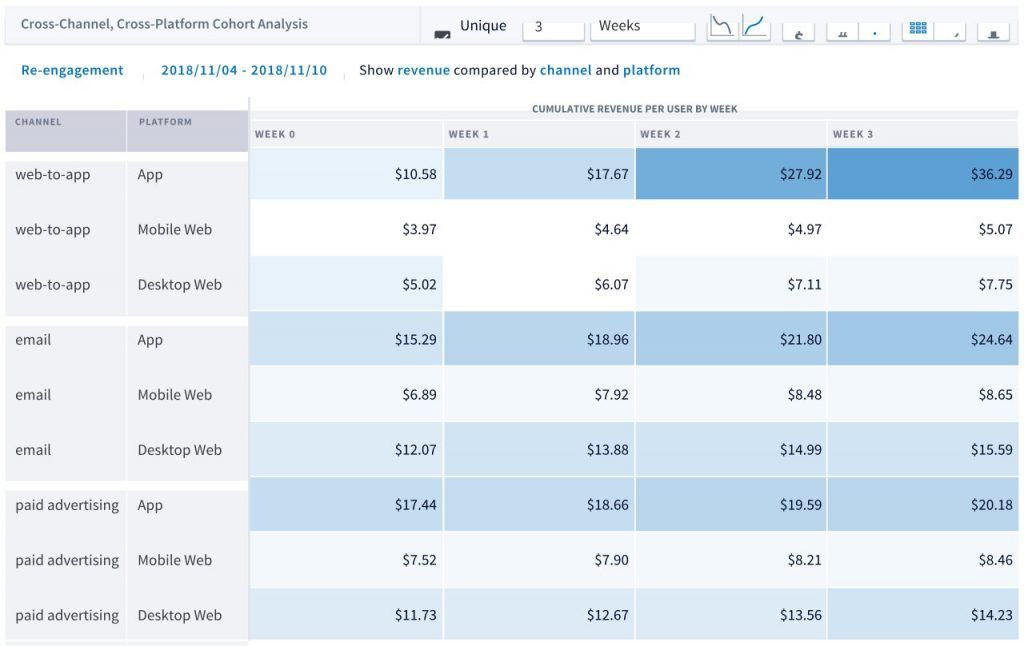
In terms of industries, she stated “we work for any app that has content in it. So, e-commerce, news, finance, entertainment, and the likes are big verticals for us. We bring more value to the apps that have content in them.“
5) Could you shed some light on your marketing strategy?
Ms Mada Seghete highlighted “being app developers ourselves, and since I did mobile marketing for an app for over a year, I learned a lot from that. I really felt that education is so important. Compared to our competitors, we spent probably a 10th of what they spend on marketing, and we put most of our money into product development and customer success. So, a lot of what we do in marketing is really to focus on education. We write a lot of educational content, do these events called mobile growth events.“
Explaining the events and other such initiatives, she added “we bring people from the industry for every event, and we have the community learn from them. So, we ask them interesting questions. We also have a podcast that I run, and we also have roundtables. In the first quarter of the year, we did like 15 roundtables where we brought people in different verticals together and we just moderated it. The idea of all these being to provide a platform to learn how everyone is getting growth in mobile.“
“You won’t see us spend a lot on ads and fancy events. Even if you think about the conferences and stuff, in Mobile World Congress 2019 for instance, instead of having a fancy booth, we actually did the booth where we had the mentor hours and we brought in experts that others get mentorship and advice from. A lot of our marketing is really focused around giving back to the community, learning from the community. And we hope that by facilitating these meetings and stuff, people will understand what we as a brand stand for,” she finished.
6) How does Branch stand out from the rivals?
She mentioned “I think the big thing that makes us stand apart is our focus on user experience in addition to measurement and analytics. I think, when you think about deep linking in itself, what we really take pride on is our match rate and this ability to ensure when someone clicks on a link, we always take them to the right content with a very high degree of confidence. So when you look at someone switching from a competitor to us, in terms of links, the biggest thing that changes is the open rate. So we’ve seen something like 50 percent increase in open rates. So when you click on a link, how many people get to open the app? And that’s something that’s not everyone measures. When you actually compare, there are so many edge cases and so many places in which like making the match, then someone clicking on the link, someone opening the app breaks, and we live in those edge cases. We make sure we have a team that just focused on making sure that your links always work. All this while, our link service has never gone down, and people always go to the right content. And then of course, by focusing on user experience, we also give you much better attribution and cross-platform attribution.“
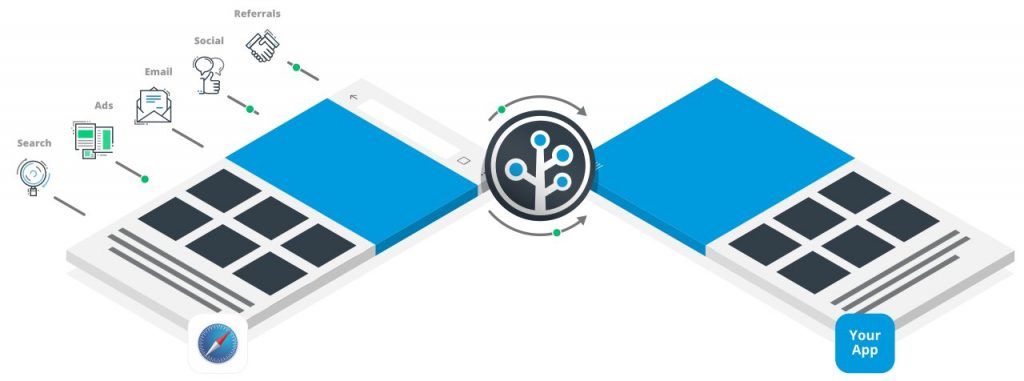
“Our competitors, the other people in the attribution space came from the ad space. And their organic links and match rates aren’t strong. What makes us strong is our match rate and our ability to not just do paid attributions, but give you really good attribution and the comparison between paid and organic channels. So, I think that has been our biggest strength and the reason why people switch to us.“
7) How has COVID-19 impacted Branch? Has your usage and users increased or decreased?
She said “I think what it has affected the ability for people to pay. And for that, we’ve tried to figure out ways we can delay payment and work with our customers that are really affected by this. We have a lot of customers in the travel and hotel industry, for example. So figuring out how we can work with our partners to make sure that our service is uninterrupted during these times has been an interesting challenge for us. Overall, our usage has been okay, and the retention rate is very high during this crisis.“
8) What’s the future like for Branch. Any cool features that one should look out for?
Excitedly answering, she told us that “from the early days, the biggest thing for us is our dream to solve app discovery and making sure that people can discover apps because of the content in apps. Through deep linking and the ability to share links and stuff so far, we’ve done it for non-intent-based discovery. While I can’t talk too much about it, what we’re tackling right now is this idea of intent-based discovery. If you’re looking for something right now, there’s no way on your phone to find things inside apps. This means, you have to go and open the app directly. What if there was a way that you could be looking for something like a T-shirt or something, and then you’d actually find content within apps, both on your phone and outside of your phone? That’s the direction we’re taking. It’s going to be an exciting new channel for brands to get both organic and paid traffic to their apps. It would be very useful for users as well as they’ll be able to go to content that is the same way on the web.”
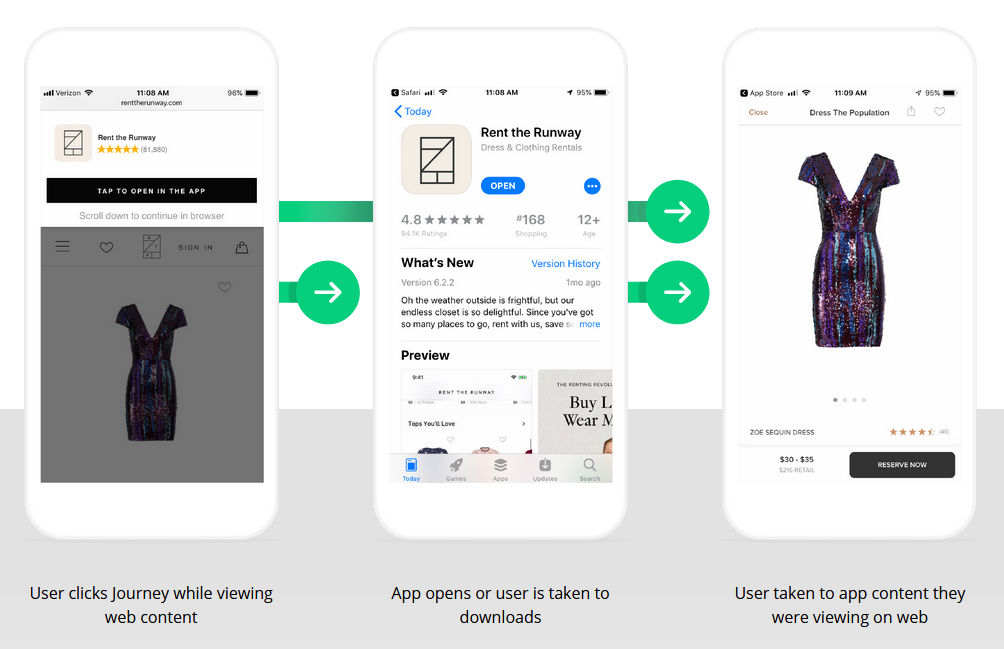
9) What are your favorite SaaS products out there?
She replied “a product that I don’t use as much anymore, but when we had a smaller team, we did everything in an Airtable and it was really fun. We did all our tracking and stuff on it and it’s a really good tool. I was also very impressed with the kind of things you can do with it. Other than that, Zoom and Slack are important tools these days. Then there are G Suite offers like Google slides and Google sheets that are also useful.“






